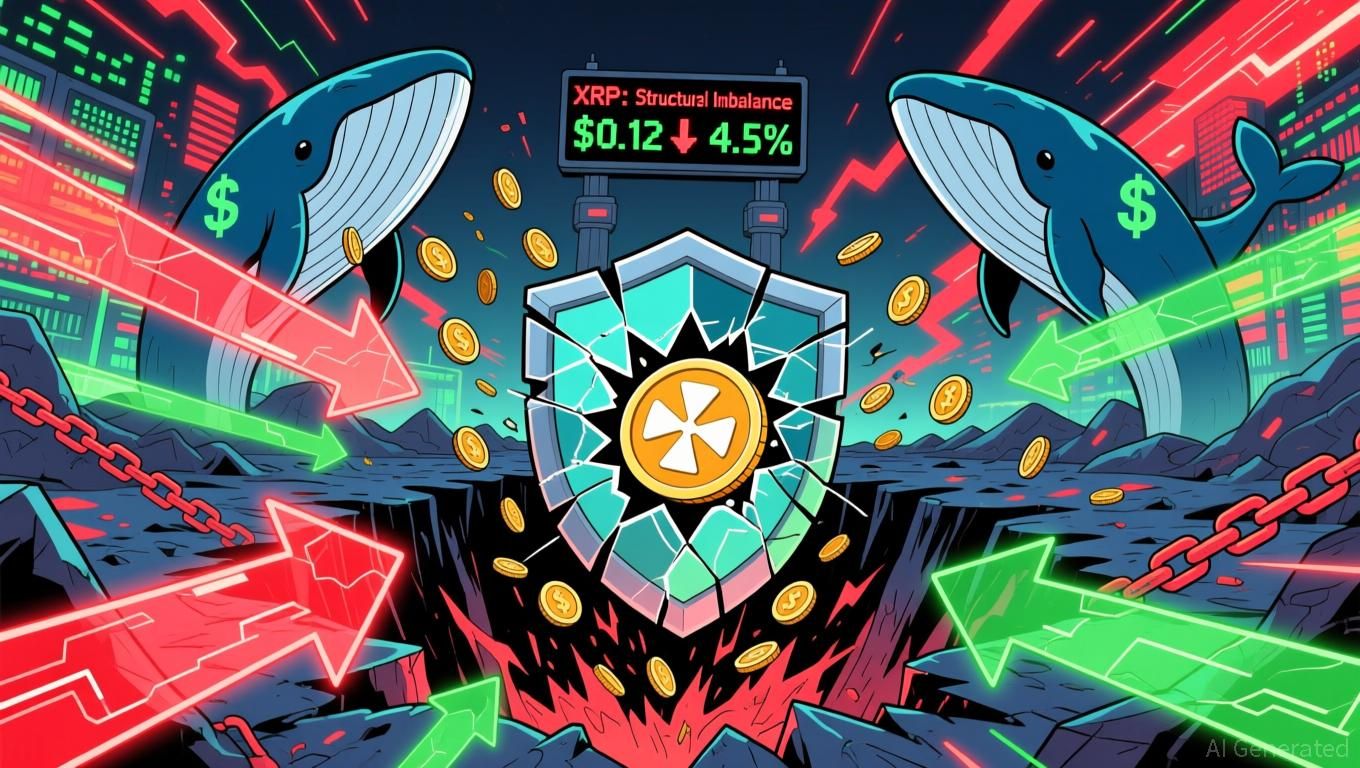Has the U.S. lost the AI race to China?
There’s an awful lot of hype surrounding AI, and even more capital behind it. AI data centers are propping up the U.S economy right now, accounting for over 1% of GDP. So when someone suggests the race may not be being won, or worse, that the AI race may be over, it makes people sit up in their seats.
That’s what Adam Livingston, author of The Bitcoin Age, claims: it’s already game over: China has pulled far ahead, not by out-coding the U.S., but by quietly cornering the one resource frontier AI needs most—energy, specifically nuclear power.
But how much truth is there to this narrative, and are things really so black and white?
Nuclear scoreboard: fact vs. fiction
Livingston highlights a striking disparity. China is currently building 16 nuclear power plants, while the United States has zero. He’s not far off with his numbers. As of late 2025, China has about 30 reactors under construction, with repeated yearly approval for more, making up nearly half the world’s new builds.
Some analysts say China aims to reach 65 gigawatts of nuclear capacity by the end of this year and 200 gigawatts by 2040 (roughly a tenfold growth).
By contrast, the U.S. completed its Vogtle 3 and 4 reactors after lengthy delays and cost overruns. Currently, there are no brand-new large-scale nuclear projects at the ground-breaking stage.
Yet, this isn’t the whole picture. For the first time in years, there are new plans for U.S. nuclear. Following recent executive orders and policy reforms, Westinghouse announced intentions to construct 10 big reactors by 2030. Work is expected to begin in the next few years.
However, regulatory hurdles, public skepticism, and the sheer complexity of nuclear buildouts mean execution is far from guaranteed, and actual new construction is not yet underway.
Energy: the real AI bottleneck?
Livingston poses an important question: Are we underestimating the role of pure energy in AI progress? Model training and inference have become ravenous for electricity.
Training frontier models like GPT-4 requires tens of megawatts, and data-center power demand in the U.S. is projected to more than double over the next decade (as much as 78 gigawatts by 2035).
Global data center energy consumption hit 415 terawatt-hours in 2024, forecast to double by 2030, with AI accounting for a growing share. So, in theory, nations that can deploy the most steady, carbon-free power will indeed have an advantage in the AI race.
China’s approach to industrial policy is direct, top-down, and aggressive. It has allowed it to ramp up nuclear construction rapidly, whereas American utilities have relied more on upgrades, license extensions, and slow, market-based activity.
But while China is advancing fast, the U.S. is also focused on improving efficiency and leveraging new technologies such as Small Modular Reactors (SMRs) and renewables to supplement its base.
Is the AI race already over?
Has “the funeral already happened,” as Livingston claims? The answer seems less definitive. China’s nuclear expansion is real and impressive, and its linkage to AI infrastructure is not far-fetched. AI does critically depend on continuous, affordable power.
However, U.S. leaders and companies are not exactly standing still. New projects, policy moves, and increased investment in both energy and AI are picking up, but so far, they are not matching China’s scale or speed.
The American advantage in foundational AI research, chip design, cloud infrastructure, and venture funding remains significant. Even if data-center power becomes a constraint, innovation in efficiency, smart grids, and distributed computation could narrow the gap.
Notably, “energy wars” may become as important as software or data, but the outcome will depend on much more than the number of nuclear plants alone. Livingston’s arguments highlight an overlooked aspect of the global tech struggle, but declare the funeral premature. The scoreboard is changing, but the AI race isn’t over yet.
The post Has the U.S. lost the AI race to China? appeared first on CryptoSlate.
Disclaimer: The content of this article solely reflects the author's opinion and does not represent the platform in any capacity. This article is not intended to serve as a reference for making investment decisions.
You may also like
Cardano News Update: ADA Faces $0.30 Battle as Whale Sell-Offs and Network Issues Combine for Turbulent Conditions
- ADA faces critical pressure as network glitches and whale-driven sell-offs push price near $0.30 support level. - Nov 21 mainnet slowdown and whale's $6M loss via USDA swap triggered 13.7% 24-hour ADA drop to $0.47. - Technical indicators show oversold RSI (34.23) and broken key supports, with $0.30 floor now at risk of capitulation. - Upcoming Midnight NIGHT token launch (Dec 8) offers potential catalyst, but liquidity challenges persist amid bearish momentum.

XRP News Update: XRP ETF Achieves Milestone While Prices Drop Amid Whale Activity
- XRP ETF's 2025 debut saw $250M inflows but XRP price fell below $2 within 48 hours due to whale selling and low liquidity. - Whale accounts offloaded 200M XRP tokens post-launch, exacerbating structural imbalance with 41.5% of supply still in loss positions. - ETF's in-kind creation mechanism masked true inflow scale, contrasting with Bitcoin ETFs' $866M outflows showing market caution. - Analysts predict 2026 turning point for XRP, emphasizing need to resolve whale concentration and liquidity gaps befor

Bitcoin Updates: Institutions Increase Bitcoin ETF Investments During Market Volatility
- U.S. Bitcoin ETFs saw $238M net inflow on Nov 21, reversing weeks of redemptions, despite BlackRock’s IBIT logging a $523M outflow earlier in the month. - Fidelity’s FBTC and Grayscale’s BTC attracted $192.9M inflows, reflecting a shift to lower-cost ETFs amid volatile markets and regulatory uncertainty. - Institutional investors like Harvard boosted IBIT holdings by 257%, signaling long-term confidence in Bitcoin as a strategic reserve asset despite short-term turbulence. - Ethereum ETFs faced $262M out

Bret Taylor’s Sierra surpasses $100 million in annual recurring revenue in less than two years
